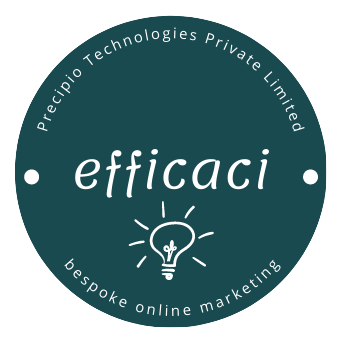Leveraging email marketing is a powerful strategy to drive traffic and grow your online presence. Email marketing stands as one of the most direct and impactful ways to connect with an audience, nurture leads, and ultimately drive consistent traffic to your website or content. Over the years, I have found that strategic use of email—starting from the opt-in process to the content and design—can result in significant engagement improvements and site visits.
Using the Opt-In
The journey begins with how you collect subscribers—your opt-in strategy. Leveraging email marketing successfully depends on a high-quality email list made up of individuals who have willingly subscribed. The best approach is an opt-in system, ideally with a double opt-in confirmation. This helps ensure your list is composed of genuinely interested parties, which reduces spam complaints and increases engagement.
Automation is key here. Setting up automated confirmation emails and personalized welcomes boosts the subscriber experience and ensures they feel valued right from the start. Tools offering customizable automation workflows make it easy to direct your new subscribers to relevant landing pages or content based on their interests captured at sign-up.
Nailing the Email Subject
The email subject line is your first and arguably most critical opportunity to capture a recipient’s attention. It directly impacts open rates. From my experience and industry research, the best subject lines are clear, personalized, action-oriented, and concise—ideally under 50 characters for mobile readability.
Personalization—such as including the recipient’s first name—boosts engagement significantly. Avoid spammy words like “free” or “act now,” which hurt deliverability. Subject lines that create curiosity or urgency, such as “Limited Time Offer” or “Discover the Secret to…”, tend to increase open rates. Testing and A/B experiments can help identify what resonates with your specific audience and leveraging your email marketing practices.
Email Formatting
Formatting plays a huge role in how well your email communicates and persuades. I emphasize a clean, modular design aligned with brand identity. Mobile optimization is critical since over half of emails are opened on mobile devices. This means responsive templates, readable fonts, and clear hierarchy with headings and bullet points.
Each email should start with a friendly yet professional greeting, followed by a concise introduction, the main content, and a compelling call-to-action (CTA). Avoid dense text; use short paragraphs for easy digestion. Polished visuals, logos, and well-placed images enhance the aesthetic appeal and help reinforce brand trust.
Creating Appealing Content for Emails
The content must deliver value tailored to the audience. Whether sharing educational tips, exclusive offers, or updates on new products or blog posts, relevance is key. I focus on creating emails from the subscriber’s perspective—what do they want or need to know?

Exclusive content for email subscribers is a strong motivator for clicks. For example, teasing content with snippets that spark curiosity and promising more on your site prompts readers to visit. Leveraging email marketing is also about including clear, persuasive CTAs tell recipients exactly what to do next, improving click-through rates. Content relevance and clarity also reduce unsubscribe rates and build long-term loyalty.
Personalizing Emails
Personalization beyond just the subject line truly elevates email marketing. Using subscriber data—like behavior patterns, past purchases, and preferences—allows customization of email content to each recipient’s interests. Personalized offers or product recommendations feel more relevant and replicate human-to-human interaction. You can personalize and leverage email marketing for better results.
Triggered emails based on customer actions (cart abandonment, birthdays, renewals) are highly effective. They improve conversion by reaching subscribers at the right moments with tailored messages. Personalized emails also improve key performance metrics such as open rates, click-through rates, and conversion rates, fostering stronger customer-brand relationships.
Leveraging Analytics and Optimization
To truly succeed in leveraging email marketing, consistent tracking and optimization are necessary. Monitor open rates, click-through rates, and conversions to identify what works. A/B test subject lines, content formats, send times, and CTAs.
Using email marketing analytics tools helps fine-tune campaigns, ensuring the best possible performance. Over time, this iterative optimization drives more traffic efficiently and grows your engaged subscriber base.
Conclusion
In conclusion, leveraging email marketing for traffic is a strategic exercise starting from a sound opt-in system, crafting irresistible subject lines, formatting emails professionally, delivering appealing personalized content, and continuously optimizing based on analytics. When done well, it creates a direct and powerful channel for driving qualified traffic to your website or blog.
This deep dive on leveraging email marketing integrates data-driven insights and practical steps to enhance email-driven traffic, making it an invaluable approach for any content creator or marketer aiming to grow their audience and engagement.


0 Comments